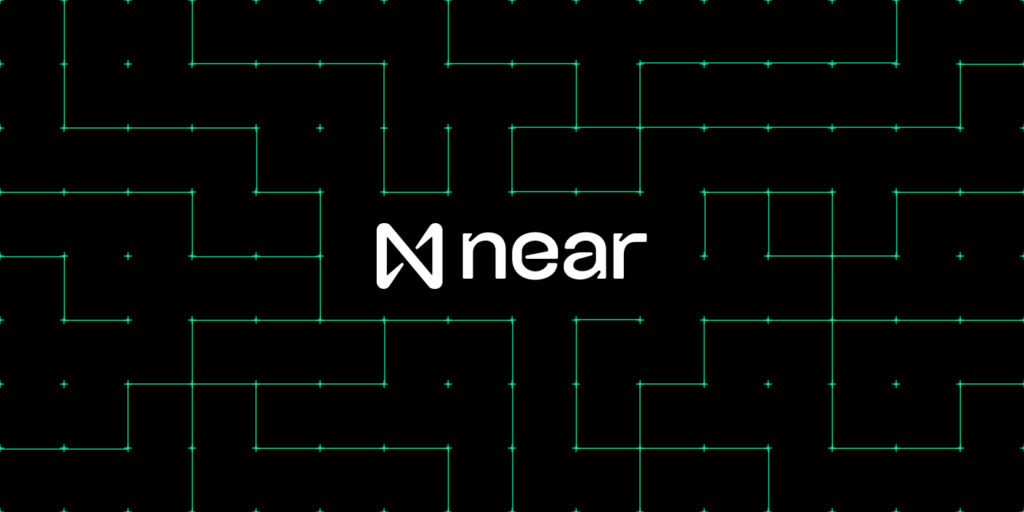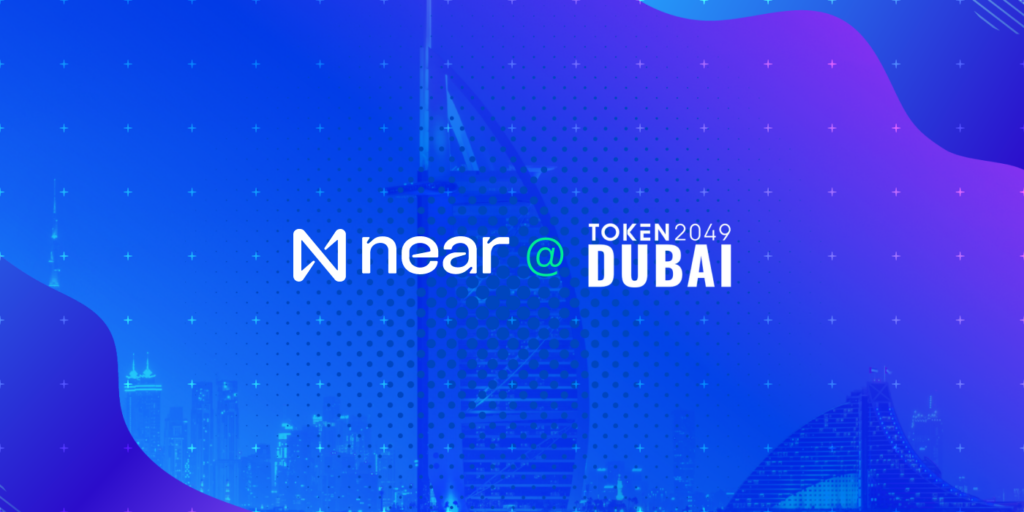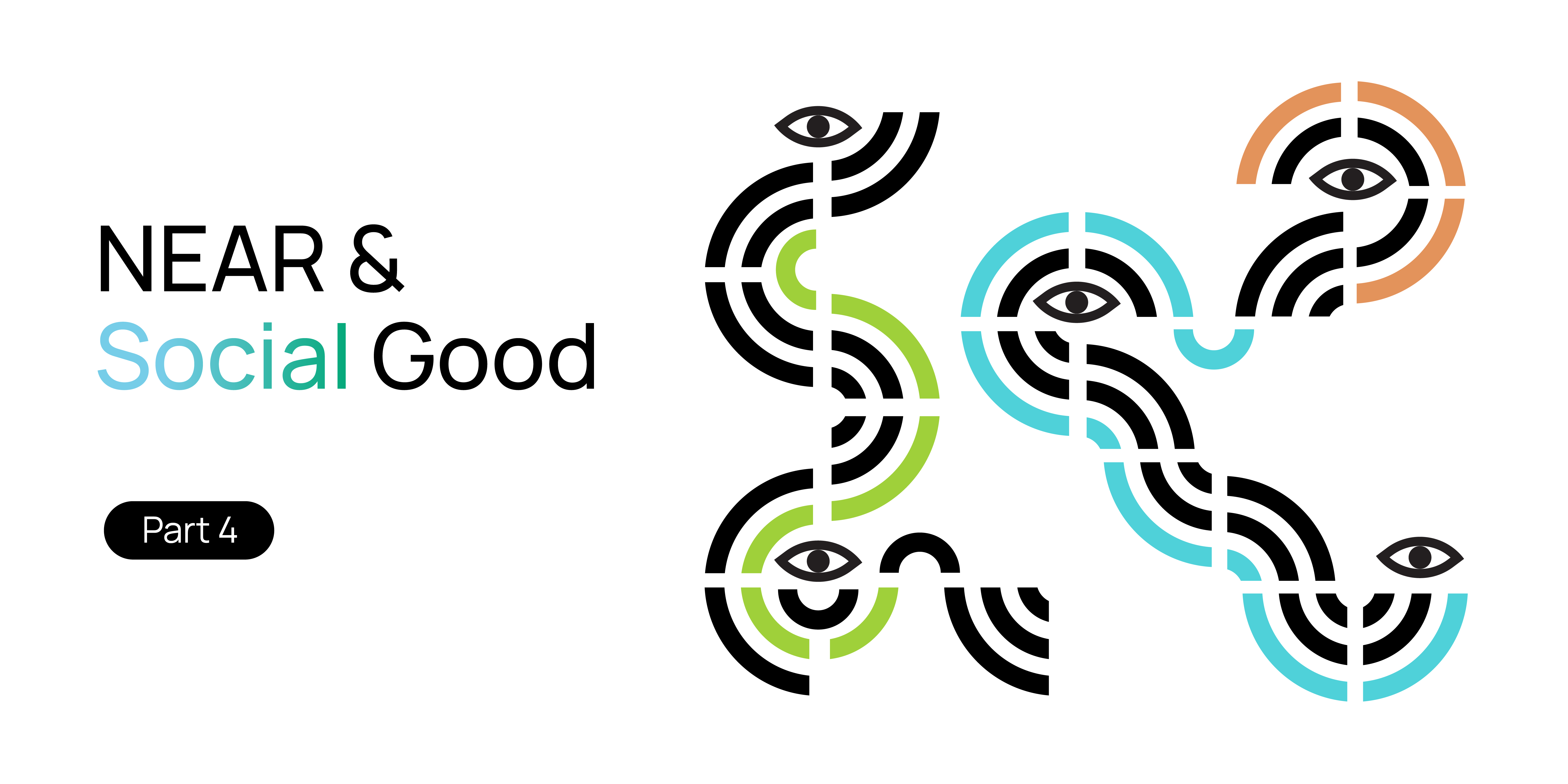NEAR & Social Good: The Future of Social Good and Crypto
Since their inception, blockchains and cryptocurrencies have been about much more than novel technologies and financial applications. Principles like building a more open, accessible, and equitable world have always featured prominently in the Web3 community.
But crypto has even more potential in fostering social good, empowering communities, and solving some of the world’s biggest challenges. It’s difficult to predict how crypto and social good will look moving forward. However, by examining the green shoots emerging from NEAR projects and communities, clues begin to emerge from the cryptographic code.
Here’s what the future of social good and crypto on NEAR might look like based on current ecosystem trends, projects, and initiatives.
Creating novel ways for nonprofits to succeed
With traditional Non-Government Organizations (NGOs) workflows, gaps have existed in terms of coordination and fundraising. One project on the NEAR blockchain, BeeTogether, is working to fill these gaps. The project is connecting NGOs with NFT and blockchain artists to gain visibility, raise awareness, and enhance fundraising efforts.
“The BeeTogether approach is to give each artist the opportunity to present themselves individually,” explains Claudia Peter, founder of BeeTogether. “Then we give nonprofits a way to present themselves differently in marketing and social media. Together, we present the projects and how artists and their art are contributing to a greater cause.”
BeeTogether also provides NFT stores for artists on the NEAR blockchain via MintBase. And with each artist or piece of art tied to a specific cause, people can directly support both nonprofits and NFT artists. Artists may choose to support, with the help of BeeTogether, a sustainability-focused nonprofit like Seas 4 Life. (Built on MintBase, Seas 4 Life promotes oceanic sustainability through funds and educational ocean safaris with experts.) This approach points to a future where creators and nonprofits are more closely integrated via the blockchain.
“All the artists in BeeTogether stores can choose which projects and causes they want to work with and donate to,” Peter continues. “It’s defined in the store as a smart contract. As far as revenue split, the highest percentage goes to the artist and after that the nonprofit.”
Peter predicts that cooperative models involving creators, NGOs, and even DAOs on the blockchain will enhance fundraising efforts and create even greater benefits for all parties involved.
“We try to build a triangle of three parties: artists, nonprofits, and BeeTogether. And if everyone does their share of work, everyone also gets their share of profits,” says Peter. “It goes along with the decentralized ethos. It’s not one-directional, where people just give money to an NGO and hope they do something good with it. Donors are interacting on a deeper level and with greater transparency.”
Supporting BeeTogether’s efforts is NEAR Ocean, an NFT information aggregator platform for the NEAR ecosystem. NEAR Ocean will donate a percentage of its proceeds to various charitable endeavors in partnership with BeeTogether. Founder Efte also thinks that nonprofits could potentially use unique NFTs to boost fundraising efforts and visibility.
“Wouldn’t it be cool if when you donate to a cause you automatically receive a one-of-one NFT?” Efte says. “Not as an investment, but as a unique collectible that people could showcase. Or if a donor goes on safari to a nature reserve, they get pictures minted as NFT keepsakes? There’s a lot of potential for NGOs and nonprofits once we build out more infrastructure.”
New paths for empowering underserved communities
Cryptocurrency and blockchain technologies continue to yield social good by creating financial, social, and educational opportunities for disadvantaged and underserved communities. Web3 Familia is a perfect example. An organization and DAO, Web3 Familia’s goal is onboarding over one million Latinos worldwide onto Web3.
“In the beginning, we identified a lack of Web3 resources for Spanish speakers globally,” says Christian Narvaez, Founder of Web3 Familia. “And we’ve evolved from just engaging with people who are crypto-curious. Now we educate institutional investors and venture capitalists who want to learn about blockchain to refocus how they deploy capital.”
In Web3, this sort of intersection between disadvantaged communities and investors is not uncommon and has great potential.
“We have a cycle where people are learning and building, and now non-Web3 investors are using Web3 Familia to learn more about blockchain capabilities,” Narvaez continues. “So we’re going full circle from just teaching retail how to use Web3 for their benefit to connecting people directly with institutions.”
Narvaez also notes that DAOs and projects designed specifically for one community can and will have a wider reach and applications. Web3 Familia, for instance, is now educating English speakers and even people in remote locations in their own indigenous languages.
“We’ve branched out to working with a female collective in Peru, for instance, that teaches crypto to locals in their indigenous language of Quechua,” says Narvaez “It just goes to show that people are using our model to cater to different regions and indigenous languages across Latin America.”
Web3 Familia’s ever-evolving work is a beacon of what’s to come in crypto. Narvaez notes that many DAOs, projects, and other blockchain initiatives are rapidly evolving. They’re moving from the educational and onboarding stages to creating real-world, visible results that make a difference in people’s lives.
“Blockchain for good is graduating to the point where real-world initiatives are coming to life,” he says. “Whether it’s something like ChoiceDAO raising funds for reproductive rights or UnChained Fund getting assistance to Ukrainians at a fast pace, crypto is now helping society in tangible ways.”
Advancing educational and career opportunities
Parallel to Narvaez’s achievements with Web3 Familia is the work of the Blockchain Acceleration Foundation (BAF). Its mission: offer practical education, skills, and training that lead to jobs and contribution roles in the Web3 space. BAF has a unique structure and positioning as connective tissue between academia, students, and the blockchain industry. It provides meaningful insight into how individuals can go from simply learning about crypto to building substantial careers and income.
“BAF’s vision is to create an incentive-aligned, automated, and tax-exempt nonprofit that scales blockchain education, development, and adoption around the world,” says Nour Assili, head of growth at BAF. “Our acceleration program works closely with blockchain clubs at different universities to support them in a variety of ways, from connecting them to funding and providing mentorship.”
Student blockchain clubs and organizations face a variety of challenges. They range from legally accepting donations to accessing practical and relevant blockchain curriculum that leads to job opportunities. BAF is not just addressing many of those issues. They’re breaking new ground by coordinating with universities, students, and Web3 industry organizations.
“We’re completely blockchain agnostic and funded by a variety of protocols and labs, including the NEAR Foundation,” Assili continues. “So we’re really a source of truth for a lot of professors, students, and universities when it comes to developing and accelerating blockchain curriculums.”
But one of BAF’s most unique aspects is how the organization helps students and clubs get funding and even earn income in a regulatory-compliant manner.
“Our Fiscal Sponsorship program is looking towards the future in that when crypto goes more mainstream, we’ll all need to pay a lot more attention to regulatory compliance,” notes Aaron Casillas, senior advisor for BAF.
“Compliance is one of the biggest threats to students and blockchain clubs,” he continues. “Whether it’s receiving donations, minting NFTs, or creating a social token, we need to think about how that’s all done in a compliant way and play by the rules.”
With the Fiscal Sponsorship program, BAF helps match university clubs with donors and provide the legal means and framework for money to exchange hands. BAF is also teaching students how to become validators on networks like NEAR. The project offers both the technical expertise for working Web3 and the legal passive crypto income for funding purposes.
“We engage blockchain clubs and support them to run validators,” Casillas explains. “We equip them with the right hardware, educational playbooks, mentorship, and office hours to give them hands-on experience in Web3 and generate a revenue stream for their club by running nodes. NEAR has been instrumental in this process, including the upcoming Stake Wars program.”
“In the future, we’ll probably see even more workers throughout the world displaced by technology,” he adds. “So I can also see the blockchain becoming needed to be some kind of rails to facilitate a type of universal basic income.”
Building a better future with NEAR
One thing is clear about the future of crypto for social good. A diverse array of organizations, projects, and individuals will create real-world impact. Organizations like BeeTogether are showing the innovative and powerful ways of connecting NFT creators and nonprofits for environmental awareness and fundraising.
Projects working with underserved communities, like Web3 Familia, will branch out to help any and all groups. This will include educating investors, business leaders, and financial institutions about blockchain and crypto. It will also involve consulting on how to invest in the creators, communities, and builders who most need it.
And organizations like BAF show that blockchain education will migrate from theoretical to providing meaningful Web3 opportunities for everyone. From NFT storefronts supporting the environment to campus blockchain clubs getting students jobs, the future is being built right now. Whatever your Web3 passion might be, there’s no better time to start building on NEAR than today.
Share this:
Join the community:
Follow NEAR:
More posts from our blog

NEAR Launches Infrastructure Committee with $4 Million in Funding


